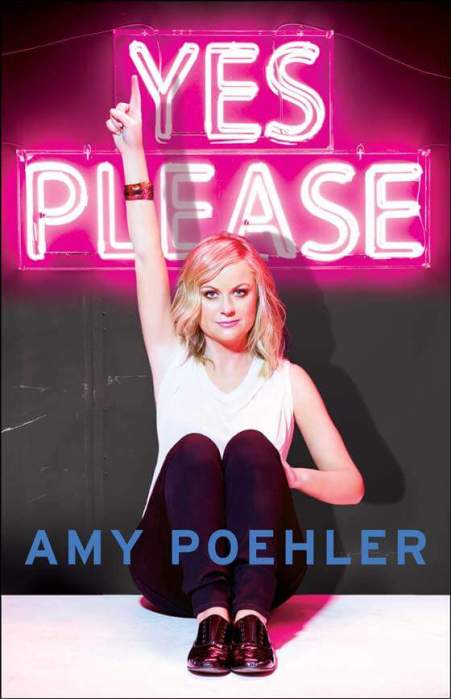 Angelina Jolie strikes one of her silent movie poses in “Maleficent.”
Angelina Jolie strikes one of her silent movie poses in “Maleficent.”
Credit: Frank Connor
‘Maleficent’
Director: Robert Stromberg
Stars: Angelina Jolie, Elle Fanning
Rating: PG
3 (out of 5) Globes
The culture right now loves villains as protagonists, which is to say as flawed humans, not as one-note evil incarnate. The craze for the likes of “Breaking Bad” has wrought “Maleficent,” which retells “Sleeping Beauty” from the point of view of its horned, black-robed baddie. A motive-less, hissable monster in Disney’s 1959 film, she’s now sympathetic Angelina Jolie — plus some freaky prosthetic cheekbones — who’s rebuked and betrayed by an old flame, Stefan (Sharlto Copley). Even with the audience on her side, she decides to break bad, chucking her auburn duds for an all-black look, plus heaping a nasty curse upon Stefan’s daughter, Aurora (Elle Fanning, eventually).
But Maleficent is no Walter White. Dramatically, “Maleficent” is thin stuff, and offers little of the set pieces one expects from summer movie fare. It’s a straight-up fairy tale, and yet not a fractured one, like the “Wizard of Oz” redux “Wicked.” The real fireworks happen in the character development. The anger between Maleficent and Stefan wreaks one hot mess, and no one is wholly bad or good (though some, like Fanning’s regrettably dull and underused Aurora, are wholly decent).
If anything “Maleficent” is too empathetic towards its title character. She even winds up undergoing that dreaded movie cliche where she’s a grump whose heart is melted by an annoying (or in this case overly sweet) kid. But it’s worthwhile for how it acknowledges that characters — even those tagged with having, as “The Simpsons” once put it, “the evil gene” — can shift from one extreme to the next. It makes sense for Maleficent to go from decent to evil and back again, and maybe back again again. And she’s oddly relatable: someone whose heart has been broken, acting out of instinct more than sense.
 Juno Temple and two regulars of filmmaker Mike Leigh —Imelda Staunton and Lesley Manville —play the nice pixies in “Maleficent.”
Juno Temple and two regulars of filmmaker Mike Leigh —Imelda Staunton and Lesley Manville —play the nice pixies in “Maleficent.”
Credit: Frank Connor
But even Stefan has a character arc. He reluctantly betrays Maleficent, then is driven absolutely mad by her revenge. Some of the nuance is simply in Copley’s committed performance. He radiates self-hatred at first, then flustered insanity. Every time we see him he’s gotten worse. (The South African Copley also reinforces the notion that the Scottish accent is the only one that’s most enjoyable when done badly. See also: Paul Schneider’s Charles Armitage Brown in “Bright Star.”)
Jolie’s performance is similarly all over the place, in a good way. She’s a full character, all too human. When she’s hurt, she’s really, believably hurt; when Stefan turns on her, she lets out a scream more powerful than any of the special effects. (It’s worth noting that technically this isn’t entirely live action; given all the CGI, it’s almost as animated as the ’59 film.) But she’s at her best when she’s sneering, glowering and strutting. It’s what she was put on earth to do. Like Eva Green, she’d have made a great silent movie actress, at her most comfortable when she’s striking poses. Get these two a retro franchise where they play dastardly villains who never speak and only pose and fire hammy glances.
Follow Matt Prigge on Twitter @mattprigge


















